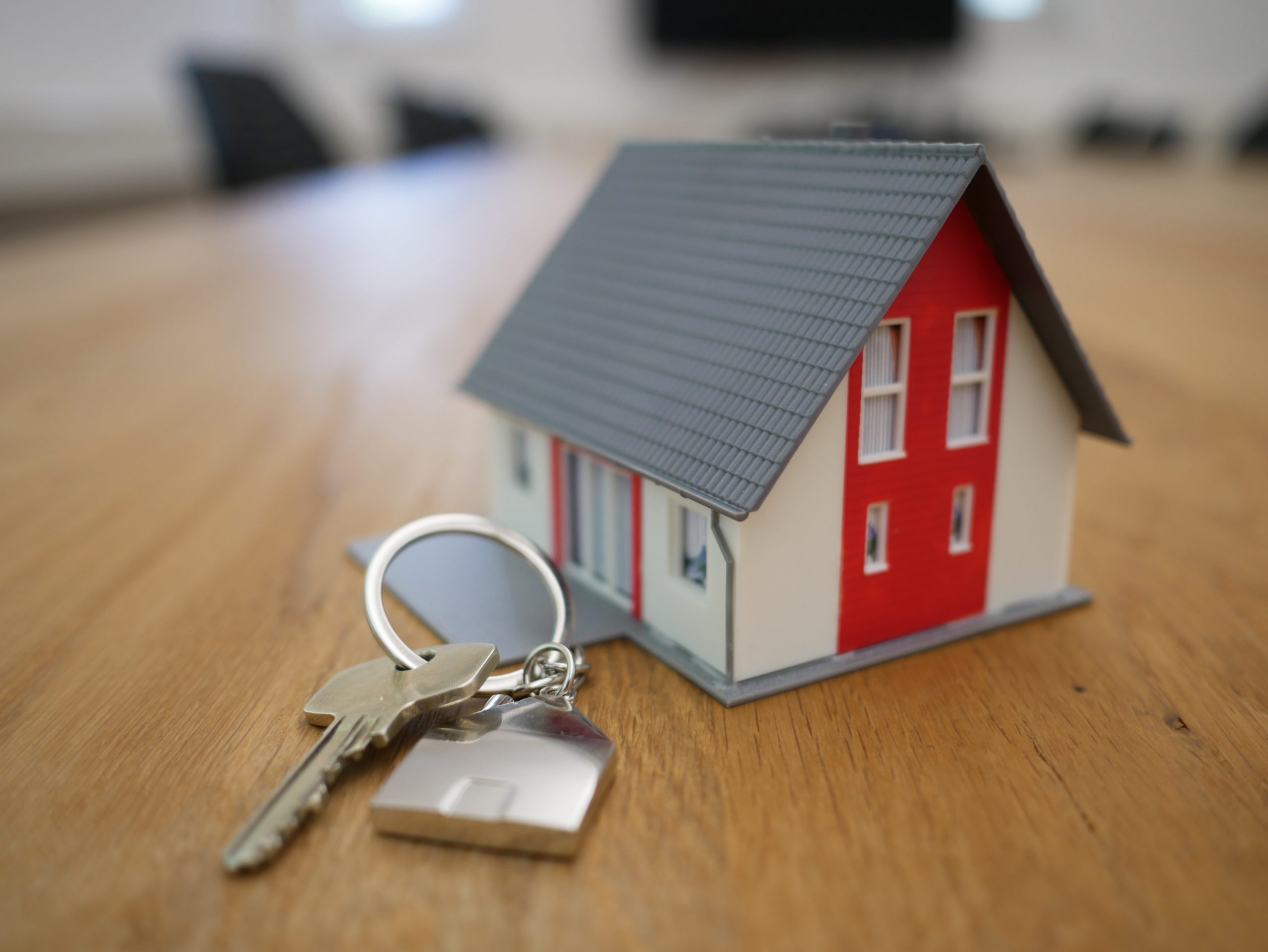
Lauren Moye, FISM News
[elfsight_social_share_buttons id=”1″]
One Virginia family will celebrate the New Year in a new and unique home thanks to Habitat for Humanity and a massive 3-D printer used by a company that specializes in crafting houses. The Greater Williamsburg home is the first completed Habitat project on the east coast.
First-time homebuyer April Springfield cut the home’s ribbon alongside her 13-year-old son on Dec. 21. According to the Habitat for Humanity Peninsula and Greater Williamsburg press release, the ceremony was well-attended by international members of the company, local business owners, and officials from multiple levels of government.
“My son and I are so thankful,” Springfield said. “I always wanted to be a homeowner. It’s a dream come true.”
One of Habitat’s biggest partnerships in the project was Alquist 3-D, a Virginia-based company that focuses on using the innovative printing technology to build customizable homes. Because of Alquist’s support, the pieces of the home were printed within 12 hours. This saved an estimated four weeks of construction time on the 1,200 square foot house that boasts three bedrooms and two bathrooms.
“What you see…is four years of blood, sweat and tears of figuring out how to make this happen. Virginia is the leader in 3D printing home construction, hands down,” said Zachary Manheimer, the founder and CEO of Alquist.
In addition to receiving the keys to the home, the Springfields have also been given a smaller version of a 3-D printer. It’s a standard feature with all Alquist homes and includes digital files to create replaceable parts like light switch covers and doorknobs as the homeowner might need them.
While Habitat for Humanity may not profit from their homes, Springfield is still required to make payments on a zero-interest mortgage to cover the cost of construction and needed to show proof of her ability to do this. Her payments will be rolled into an account to help build new homes for other families.
Fortunately, Alquist chose to use concrete in the construction of the home. This saved an estimated 15% per square foot. Additionally, concrete will help retain the internal temperature resulting in a lower electricity bill.
“Many people think Habitat gives homes away; we don’t,” Janet Green, CEO of the Greater Williamsburg branch of the company stressed. “We sell homes to families with low to moderate incomes.”
Springfield qualified for Habitat’s homeownership program as a five-year veteran in the laundry department of a nearby hotel. Her salary remained in the required 45%-80% of the area’s median income, which made traditional homeownership unachievable for the mom.
Springfield also had to meet 300 sweat equity or volunteer hours. She fulfilled these on the construction site of her own home after volunteers broke ground back in July and also by volunteering in one of the area’s Habitat ReStore locations.
“This is all for my son,” Springfield said. “If you truly believe in something, keep trying and you can do it.”
Another 3-D printed Habitat project in Tempe, Arizona was announced a few weeks before the Williamsburg project. This home was originally slated to finish in October or November of this year.
